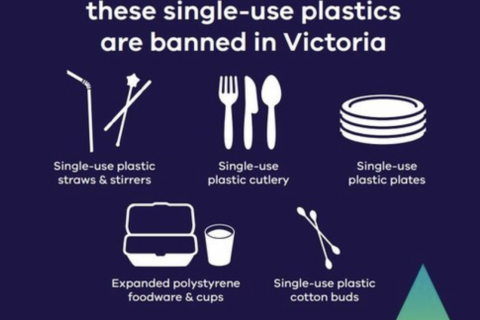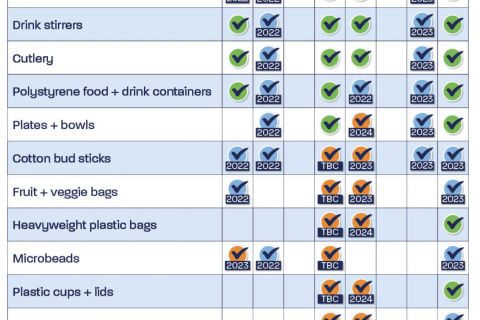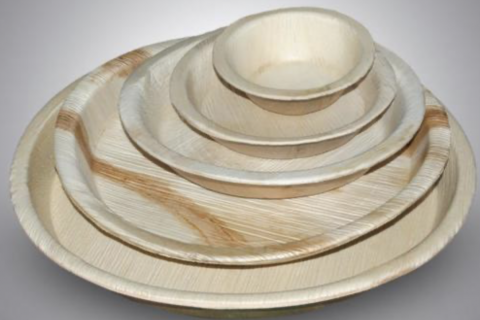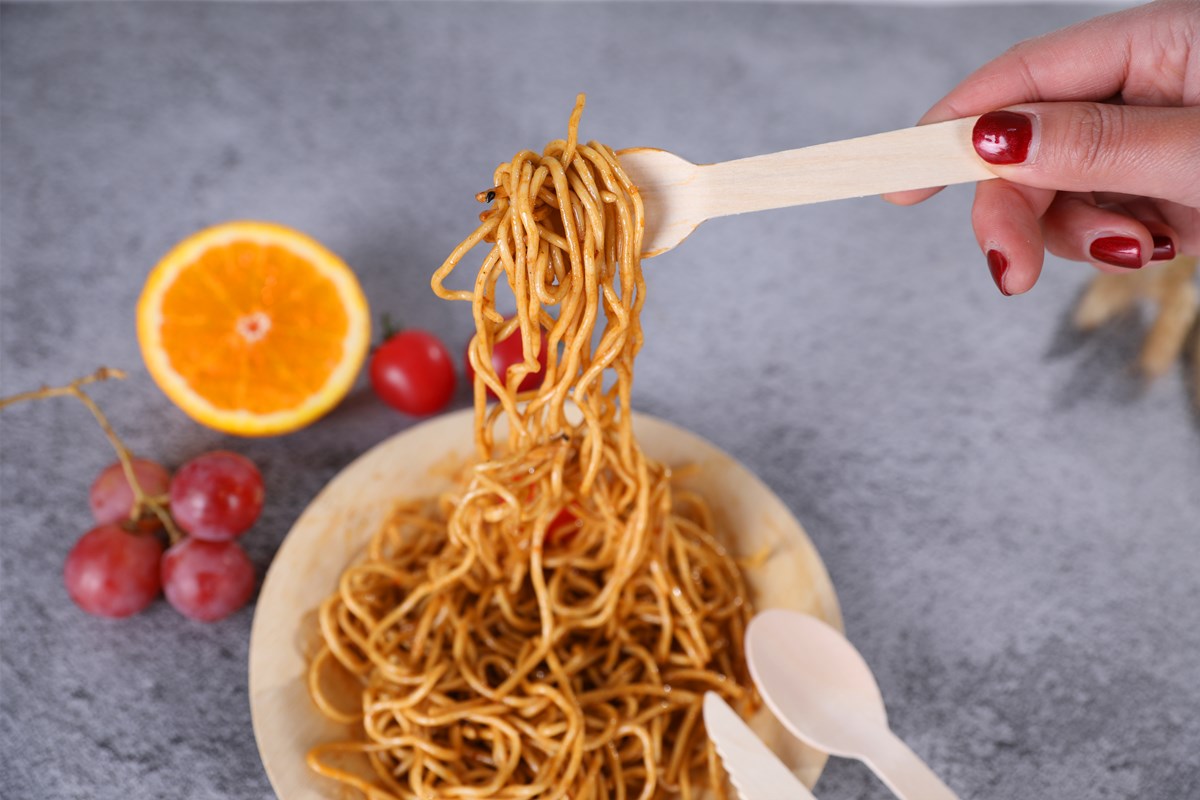Bagasse is the fibrous residue that remains after sugarcane stalks are crushed to extract their juice. It is a byproduct of the sugar production process and is often used as a renewable resource for various applications. Here are some key points about bagasse:
Composition: Bagasse is primarily composed of cellulose fibres, which give it its fibrous texture. It also contains a small amount of lignin, hemicellulose, and other organic compounds.
Renewable Resource: Bagasse is considered renewable because it is derived from agricultural waste. Sugarcane is a fast-growing crop, and its byproduct, bagasse, can be continuously produced as long as sugarcane is harvested.
Industrial Uses: Bagasse has several industrial applications. One of the most common uses is as a biofuel. Bagasse can be burned to produce steam and generate electricity in sugar mills, reducing the reliance on fossil fuels. It can also be used as a feedstock for the production of bio-based chemicals and materials.
Food Packaging: Bagasse is widely used in the production of disposable food packaging, such as plates, bowls, cups, and trays. It offers a sustainable alternative to traditional plastic or foam-based products. Bagasse-based food packaging is biodegradable, compostable, and often microwave-safe.
Agricultural Uses: Bagasse can be utilised as a mulching material in agriculture. It can help improve soil moisture retention, control weed growth, and provide insulation to protect plants from extreme temperatures.
Animal Feed: Bagasse can also be used as feed for livestock. It is rich in fibre and can be mixed with other feed ingredients to provide supplementary nutrition to animals.
Environmental Benefits: Utilising bagasse has several environmental benefits. Using bagasse as a renewable resource helps reduce waste and reliance on non-renewable resources. Also, bagasse-based products have a lower carbon footprint than their plastic counterparts.
Bagasse products are eco-friendly disposable plates made from sugarcane waste fibre, known as bagasse. Bagasse is the fibrous residue left behind after extracting the juice from sugarcane stalks. The manufacturing process of bagasse plates involves several steps:
Collection and Cleaning: Sugarcane bagasse is collected from sugar mills or other sources. It undergoes a cleaning process to remove impurities like dirt and debris.
Pulping: The cleaned bagasse is then finely shredded and mixed with water to create a pulp. This pulping process breaks down the bagasse fibres and separates them from the lignin (a natural binding material) present in the sugarcane.
Pulp Treatment: The bagasse pulp is treated with additives such as starch or other natural binders to improve its strength and flexibility. These additives help the pulp bind together during the plate-making process.
Forming the Plates: The treated bagasse pulp is poured into specially designed moulds or presses. The moulds are shaped like plates, and the excess water is drained away. Pressure is applied to compact the pulp and remove additional moisture.
Drying: The moulded bagasse plates are transferred to drying racks or conveyor belts for further drying. They are usually dried using natural methods like air drying or low-temperature ovens to reduce energy consumption.
Trimming and Finishing: Once the plates are completely dry, they are trimmed to remove any excess material and achieve the desired shape and size. Any rough edges or imperfections are smoothed out during this process.
Quality Control and Packaging: The finished bagasse plates undergo a quality control inspection to ensure they meet the required standards. The plates are then packaged in sets or stacks, ready for distribution and sale.
It’s important to note that the manufacturing process may vary slightly depending on the specific machinery and techniques used by different manufacturers. However, the general steps mentioned above provide an overview of the bagasse plate manufacturing process.







Leave a comment